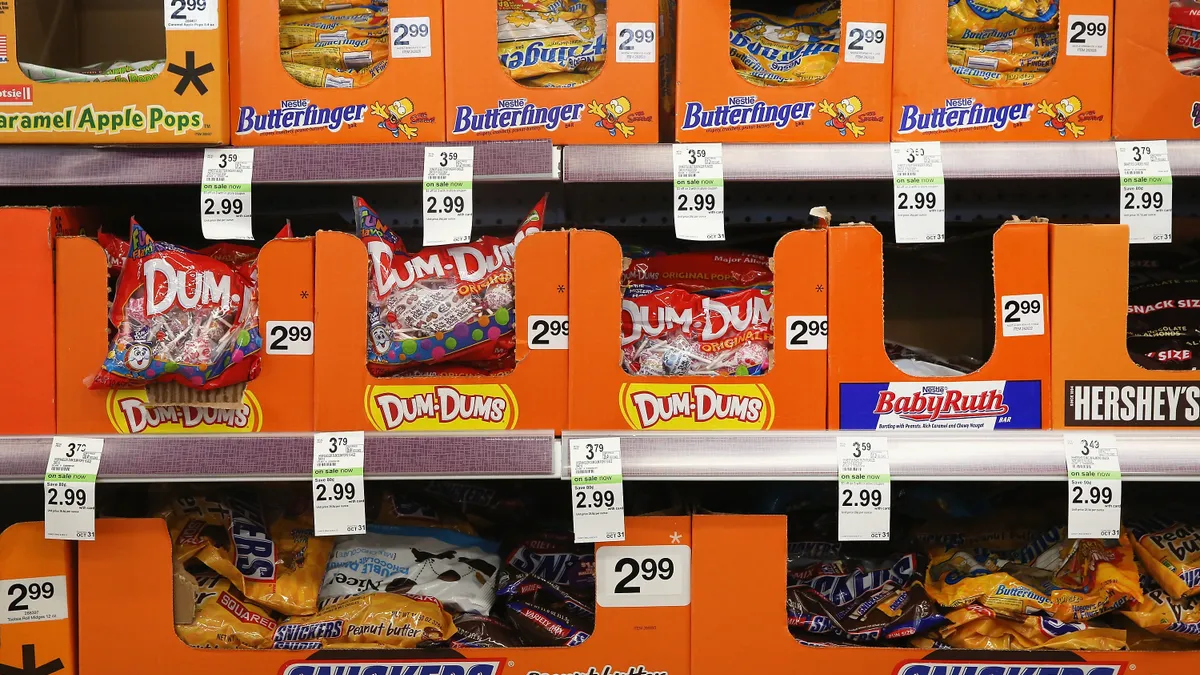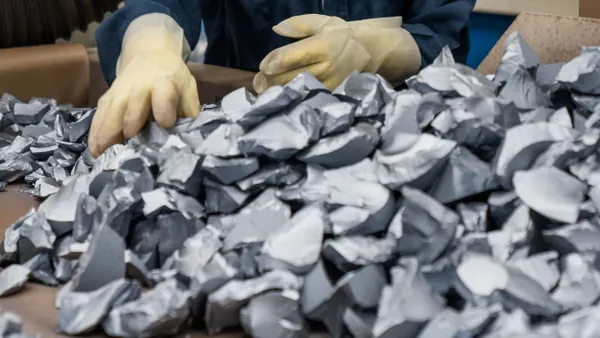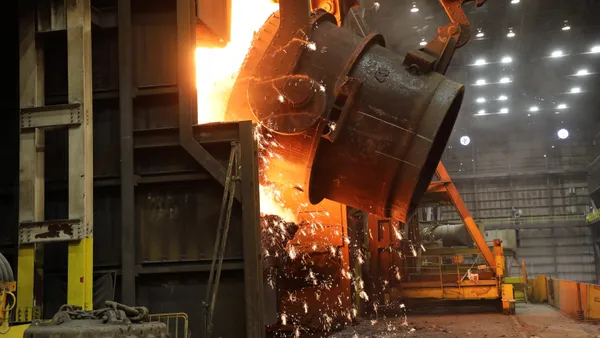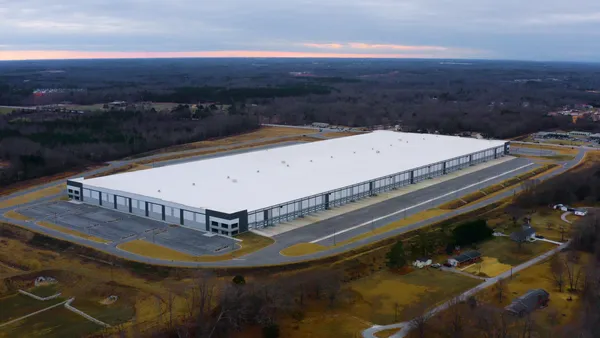This Halloween, shoppers can expect to pay more for Hershey and Mars candy bars. Cocoa prices have doubled since the start of 2024 — and prices of the sweet commodity are projected to remain high through at least September 2025 — according to Wells Fargo. Major producers of candy are also altering their products to rely less on the ingredient.
The banking giant’s Agri-Food Institute released a report this month detailing cocoa prices. The ingredient is at record highs because of changing weather patterns in West Africa, the crop’s main growing region, causing a decline in production. This year’s growing season was drier than anticipated, the report said, caused by the El Niño weather pattern and winds bringing dust to the region, which blocked light needed by cocoa bean pods to grow.
David Branch, sector manager at the Agri-Food Institute, said cocoa is different than other crops, in that it requires a very specific type of weather to produce. Therefore, producers are not able to keep up with the growing demand for chocolate without raising prices.
“Warehouse stocks are at 50 year lows, they’ve been declining for the last 15 months. The lower production has the market in turmoil, and as a result, we’ve seen futures prices just skyrocket over the last two years because chocolate demand, for cocoa flavors and confectionery, is still going up year-over-year,” Branch said. “It’s gotten pretty dire.”
Cocoa production in the Ivory Coast is projected to be 22.4% lower in 2024 than the previous year.
According to Branch, there are differences in how the tiers of confectionery producers react to cocoa price increases. Higher-end chocolate makers will continue to charge more for their luxury prices, he said.
Producers of more affordable chocolate, namely Hershey, Nestlé and Mars, are being hit particularly hard, and are focusing on boosting candies that do not require the expensive cocoa crop. Branch pointed to new gummy candies launched this Halloween season, including Hershey’s Shaq-A-Licious made with NBA legend Shaquille O’Neal. It also launched a Kit Kat bar this fall with cinnamon toast flavor, which does not contain chocolate.
“They’re essentially reducing the amount of chocolate they’re going to produce, and trying to boost sales of non-chocolate products as they increase their manufacturing,” Branch said. “They’re reducing the amount of chocolate going into the candy, and probably increasing the volume of fillers they use, like nuts, reducing the amount of chocolate.”
The cocoa shortage is also pushing companies to innovate new methods of manufacturing cocoa-free chocolate, such as Voyage Foods. The Minnesota-based startup is opening a facility in Mason, Ohio, by 2025 and has raised over $94 million from investors.
Branch said consumers can also expect to see “shrinkflation” in Halloween candy bags at the grocery store this year, with less treats but the same price as last year.















